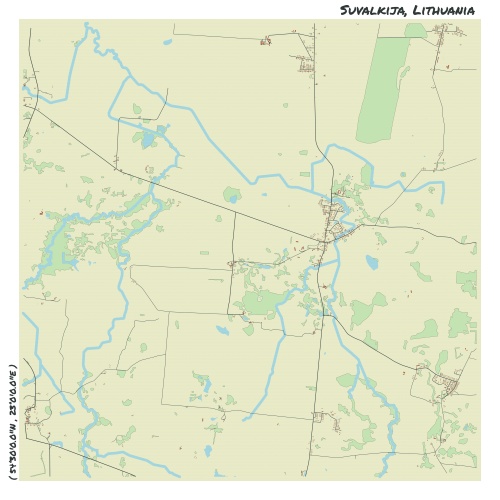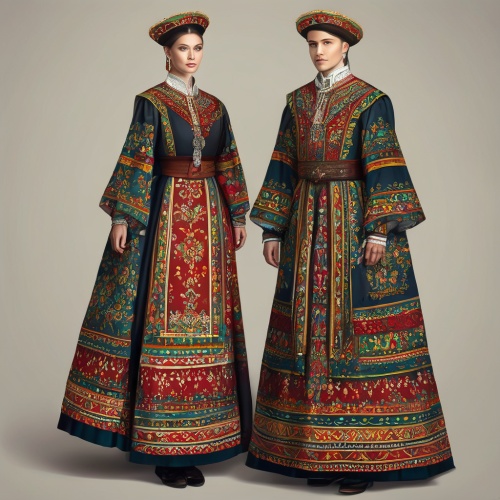Understand
The region of Suvalkija is named after the Suwaki Governorate of the Russian Empire. This region is divided into the Polish half called Suwalczyzna and the Lithuanian half called Suvalkija. The unofficial capital of Suvalkija is Marijampol. Suvalkija has a rich history that dates back to the 5th century BC. It was inhabited by the Baltic tribes known as Yotvingians. The area extended from the Nemunas river in the north-east to the Narew river in the south. Various ancient sources have mentioned these tribes, such as Claudius Ptolemy, Peter of Duisburg, and the Hypatian Codex of Kievan Rus. In 1230, the Teutonic Order launched a campaign to Christianize the Baltic tribes. They gradually conquered the Yotvingian lands, including Suvalkija. Mindaugas, King of Lithuania, referred to the Yotvingians as Deynowe, the inhabitants of Dainava or Songland. For more than one hundred years, Suvalkija was a land of constant warfare. The Teutonic Knights clashed with the Yotvingians, and the land became a frontier zone. Even today, the area along the Nemunas river is called Dainava, reminding us of the times when Yotvingian men faced death in battle while their yearning women sang wistful songs. The Treaty of Melno, signed in 1422, established the border between the Teutonic Order and Lithuania. This border divided Sudovia, the northern land of Yotvingia, and turned it into a wilderness with no inhabitants. The modern border between Lithuania and Russia's Kaliningrad Oblast follows the path of the eup river. Over time, Sudovia was repopulated by settlers from Lithuania and Prussia. The people of this region, known as Sudovians, take pride in their cultural distinctiveness and diligent nature.








Comments
NO COMMENTS